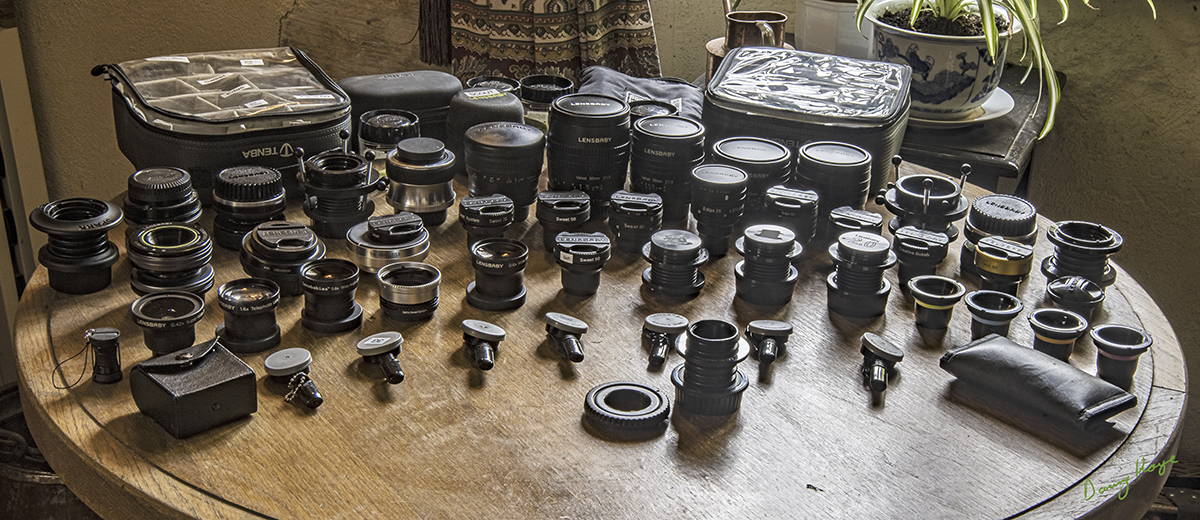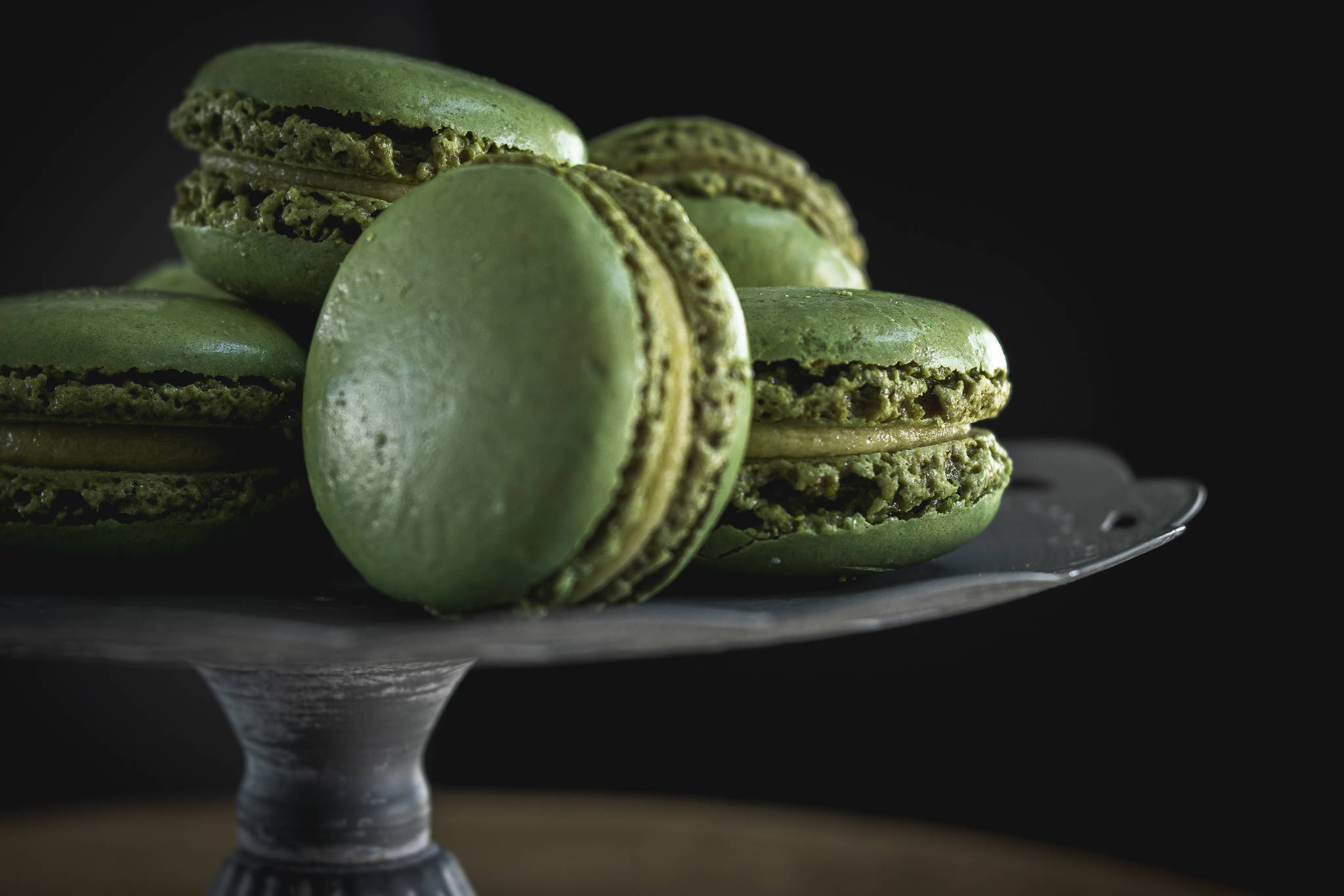Danny Kaye
Most lenses have some basic features, such as the mount that fits the camera and the filter thread. Every manual lens has two important things: focus and aperture. Some lenses have additional controls, for example, the shift control on a shift lens or the lock on a tilt lens like the Composer.
Focus is a ring that moves some part of the lens to move the plane of focus from closest focus to furthest focus, usually infinity for normal lenses without extension rings or close-up filters.
Danny Kaye
Perhaps the easiest way to envision this is to imagine a sheet of paper, face on to the lens, moving along a line drawn through the lens from the sensor. Everything touched by that sheet of paper should be in focus for a normal lens. The "sheet of paper" is the focal plane.
Two of the Lensbaby Optics, the Sweet and Edge Optics, rely on the shape of the focus plane. The Edge Optics relies on having a very flat plane of focus, and the intersection of that plane and the sensor generates the Edge effect when they are tilted. The Sweet Optics is the opposite of the Edge ones in that they have a curved plane of focus and the Sweet spot is where the curved plane touches the sensor.
The aperture is basically a hole that let's light onto the sensor. The hole size determines the amount of light, and the Aperture control ring adjusts the hole size.
Some lenses, the Lensbaby Double Glass, for example, don't have an adjustable aperture and use a Waterhouse Stop, which is basically a piece of material. Usually, plastic or metal, with a hole punched in it. To change the aperture, one Waterhouse Stop is swapped for another with a different-sized hole.
Danny Kaye
A light source out of focus will appear blurred and cast an image of the aperture on the sensor. Get a piece of card, cut a small hole in it, and hold it up to a wall in the sun, and a light patch, the same shape as the hole, will appear on the wall.
If the hole is small, the image will look like a point of in-focus light on the sensor. This means that the smaller the aperture, the thicker the focus plane will appear to be. The thickness of the in-focus plane is the Depth of Field.
"The aperture is basically a hole that let's light onto the sensor. The hole size determines the amount of light, and the Aperture control ring adjusts the hole size. "
Danny Kaye with Lensbaby Sweet 80
The only thing that is in focus is the thin plane of focus, but if the aperture is small enough, the image appears to be in focus. This is sometimes called Apparent focus.
The final control on some lenses allows tilting and shifting, and locking the lens in place. For example, the Locking Ring on the Composer Pro allows you to adjust the friction on the tilt from almost nothing to tight enough that it cannot be moved.
There are lots of other possible controls on lenses, the programmable buttons on modern A.F. lenses such as the Nikkor Z 70-200mm f/2.8 V.R. S, for example, or the Variable softness control on the Tamron 70-150mm f/2.8 VariSoft. Some lenses have internal filters that can be switched in using a control on the lens body, and many have image stabilization and focus-limiting controls.
In Lensbabies, the obvious example of extra control is the Gold Slider on the Burnside 35, which allows control over vignetting and bokeh, or the lock control on the Sol 22 and 45 that centers the lens, which also has adjustable Bokeh Blades in front of the lens.
All images are copyright W Kaye 2023.
Danny Kaye
Want your shots featured by Lensbaby?
Be bold and shoot extraordinary! Make sure to tag your photos on IG with #Lensbaby, #ShootExtraordinary, and let us know what gear you’re using. 📸
Danny Kaye
Danny Kaye is a bit of a Photography addict and definitely likes Lensbaby equipment. At the moment, he has most of the lenses they have produced over the years. Having spent ten years as an engineer, he returned to university and eventually became a lecturer specializing in Sound Engineering, Cinematography, and Photography.




Leave a comment
All comments are moderated before being published.
This site is protected by hCaptcha and the hCaptcha Privacy Policy and Terms of Service apply.